Niklas Roy is a self-proclaimed “inventor of useless things” from Berlin, but also an installation artist, robotics builder, and multimedia artist. The “inventor of useless things” description highlights the fact that a great deal of Roy’s work takes the engineering prowess and abilities needed for “useful” things and places them within the domain of art.
Roy’s work explores or redefines the boundaries between the real world (the world within which installation participants exist), the mechanical world (the physical materials of the installation), and the virtual, frequently digital world (the procedures and code that make the installation function). Roy’s installations often have an activist or humorous bent: exploring ideas of human’s relationships to virtual spaces, video games, art, privacy, energy usage, and more. Roy is also very open about his work, more often than not including source code or detailed descriptions of how things function in his projects.
The first work of Roy’s that I came across was My Little Piece of Privacy. This work involves a small curtain on a storefront window that moves left and right, in sync with people walking by on the street, actively blocking their gaze into the storefront.



